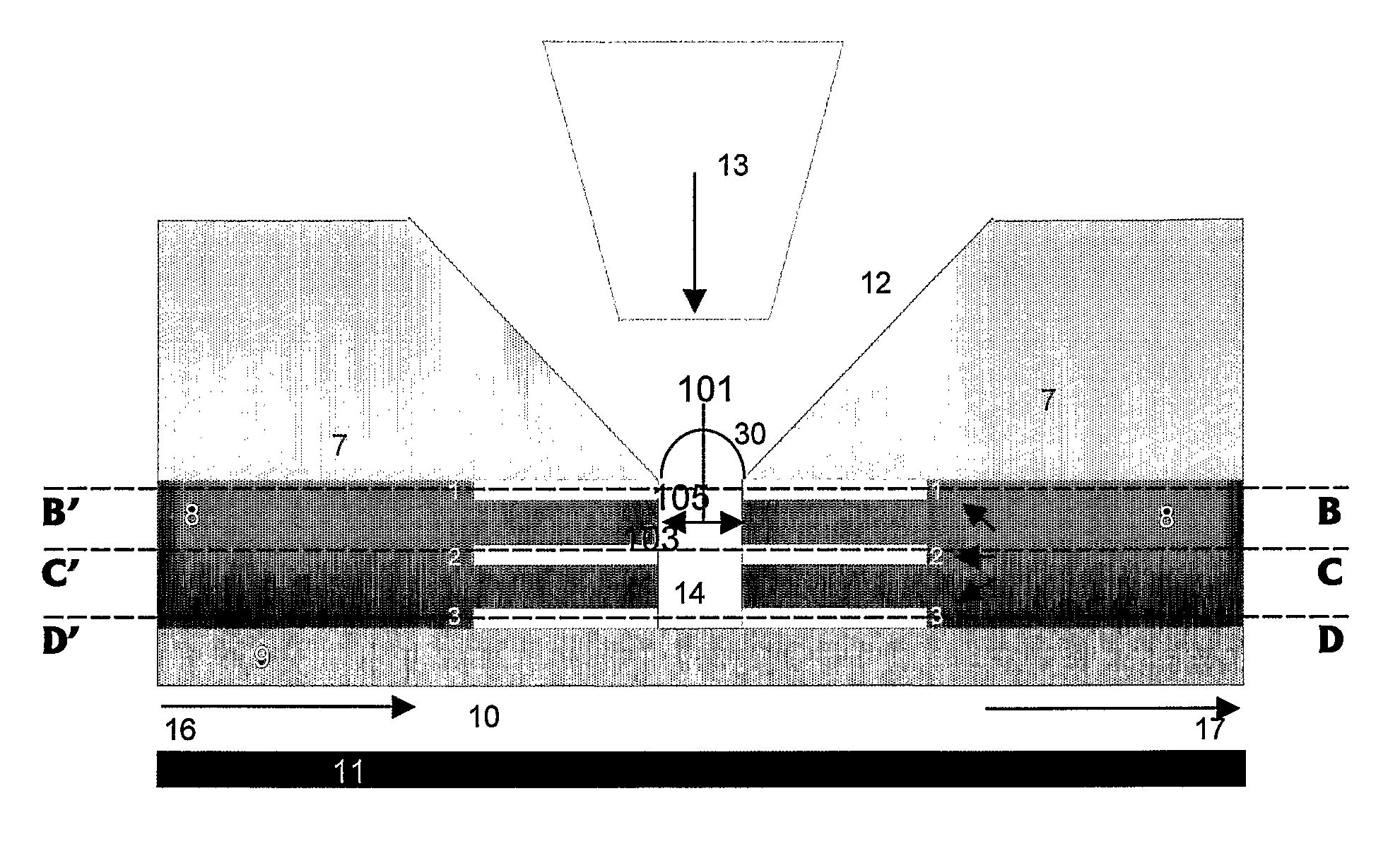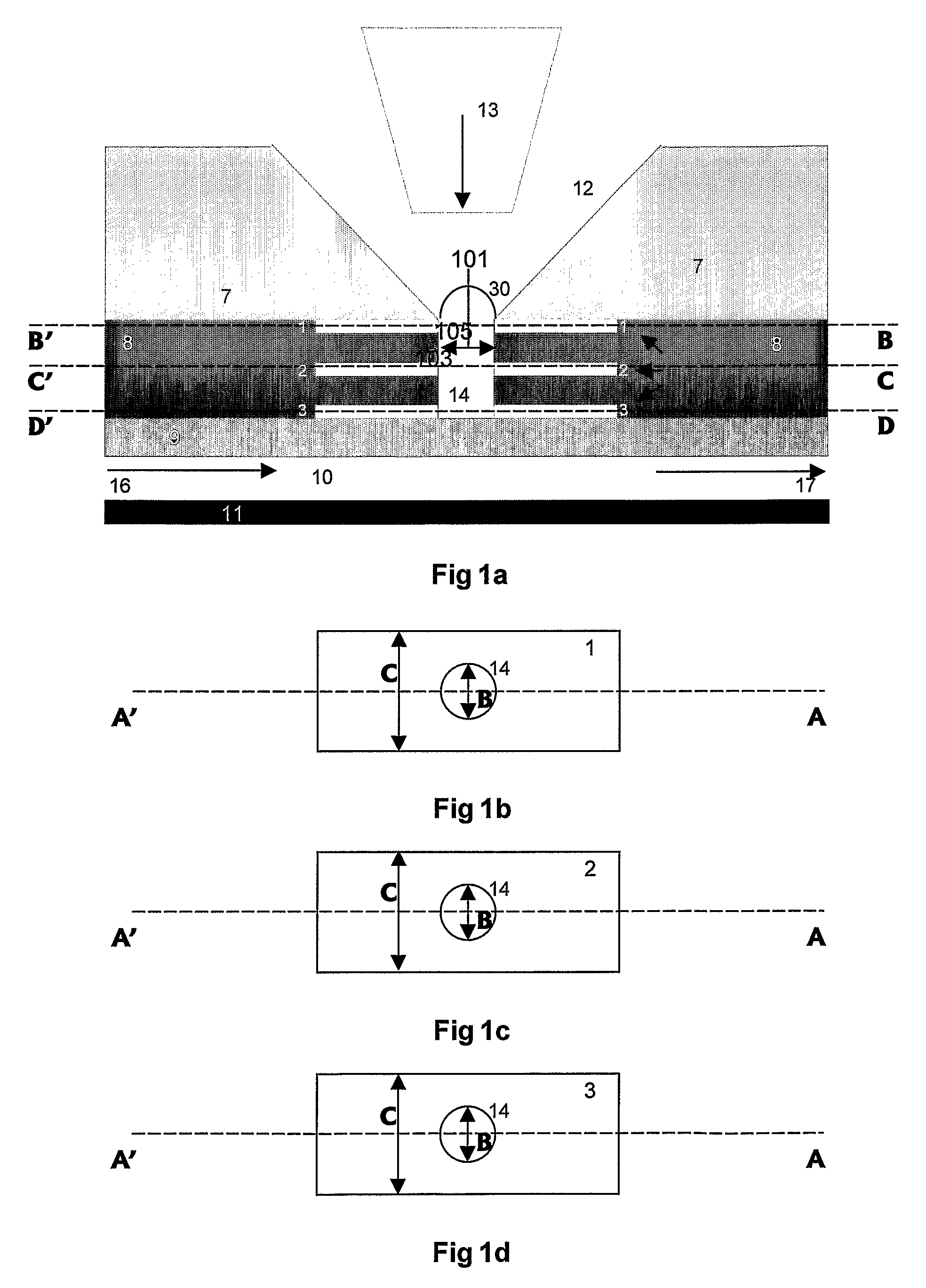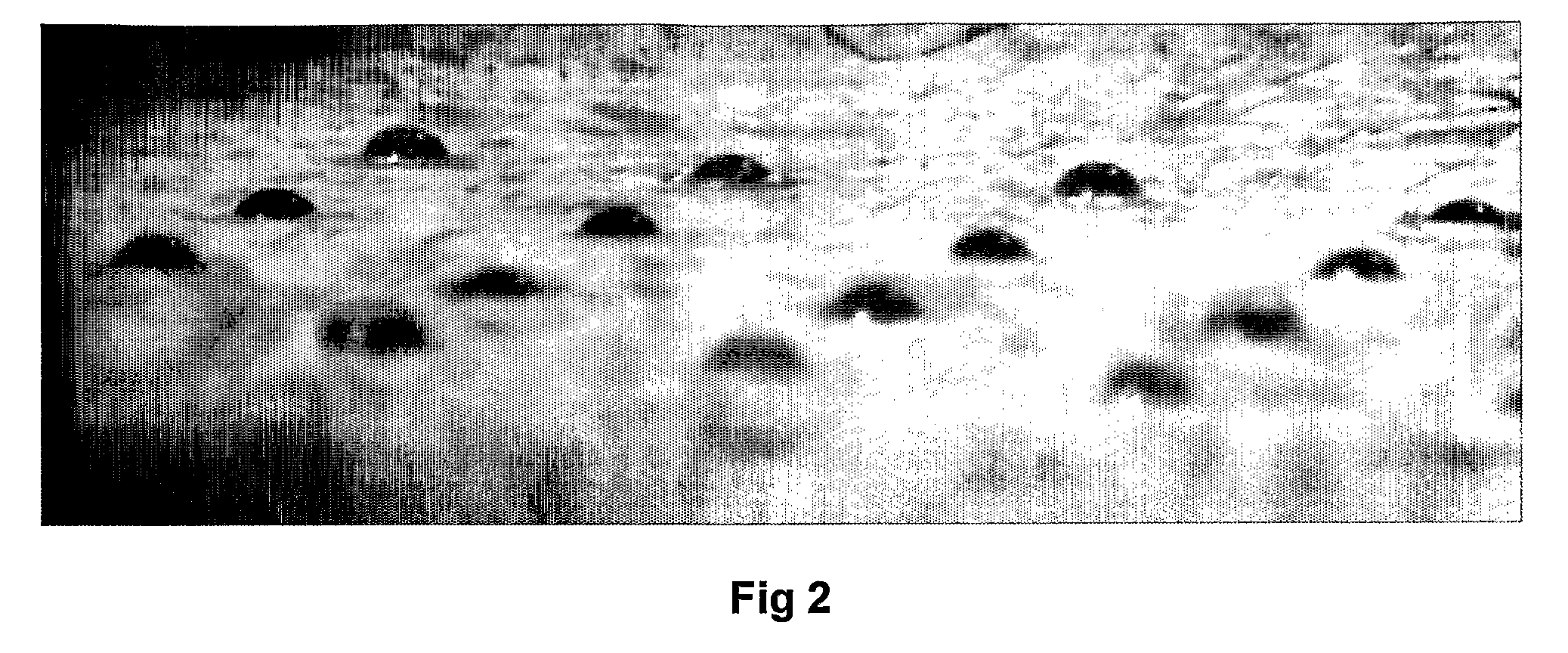Method and apparatus for manipulating single cells and small aggregates thereof
a technology of single cells and aggregates, applied in the direction of electrostatic separators, diaphragms, electrolysis, etc., can solve the problems of inability to control wells, inability to control objects of moderate size such as cells, and inability to achieve active functions, etc., to achieve the effect of higher voltages
- Summary
- Abstract
- Description
- Claims
- Application Information
AI Technical Summary
Benefits of technology
Problems solved by technology
Method used
Image
Examples
Embodiment Construction
[0044]The functional selection of cells is a key point in immunological and biotechnological investigations. Interest in this problem derives from the fact that cells can be selected both in terms of their biochemical characteristics, such as the presence of special membrane receptors, or based on their behaviour in particular situations of interest. In this latter case, selection does not require complex preliminary characterization, but only a precise definition of the desired characteristics. The problem of functional selection is also a key step in the “direct evolution” procedure for generating microorganisms which have desirable characteristics. This approach is based on the capacity for introducing modifications to the genetic material of a microorganism in a substantially random manner, then selecting among the different specimens thus generated those that are functionally more promising. Typical selection parameters include for example the ability to live in environments wi...
PUM
| Property | Measurement | Unit |
|---|---|---|
| diameter | aaaaa | aaaaa |
| diameter | aaaaa | aaaaa |
| polarization voltages | aaaaa | aaaaa |
Abstract
Description
Claims
Application Information
 Login to View More
Login to View More - R&D
- Intellectual Property
- Life Sciences
- Materials
- Tech Scout
- Unparalleled Data Quality
- Higher Quality Content
- 60% Fewer Hallucinations
Browse by: Latest US Patents, China's latest patents, Technical Efficacy Thesaurus, Application Domain, Technology Topic, Popular Technical Reports.
© 2025 PatSnap. All rights reserved.Legal|Privacy policy|Modern Slavery Act Transparency Statement|Sitemap|About US| Contact US: help@patsnap.com



